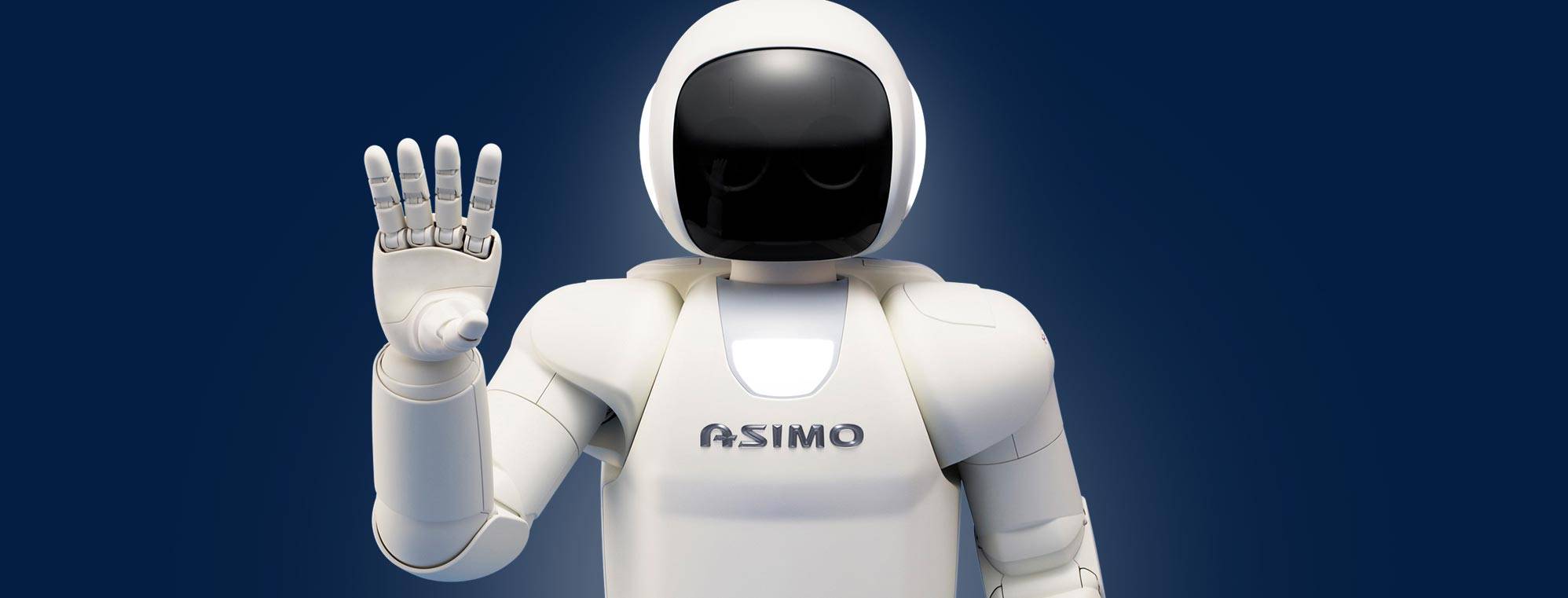What is natural language processing (NLP)?
Natural language processing, NLP, combines linguistics and computer science to focus on the interaction between computers and human language.
Artificial Intelligence (AI) has been experiencing unprecedented growth for a few years now, and NLP is largely to blame for this. It aims to give machines the ability to understand, interpret and manipulate human language, allowing computers to understand and generate text or speech in a similar way to how we humans would.
How does PLN work?
NLP works by combining algorithms with machine learning models. Initially, NLP systems were built with manually programmed rules that were capable of executing specific language processing tasks, but had limitations in terms of scalability and exception handling.
However, as technology advanced, the use of statistics and machine learning was introduced, allowing natural language processing systems to 'learn' from large volumes of textual and speech data. Today, models based on convolutional neural networks (CNNs) and recurrent neural networks (RNNs) are able to process and understand human language with increasing accuracy, allowing them to extract meaning and perform automatic data classification.
Models for natural language processing
NLP models fall into two broad categories: logical models and probabilistic models. Each of these disciplines offers different strategies for the analysis and generation of natural language, adapting to different needs and types of applications.
Logic Models: grammars
Logical models, also known as rule-based models, use pre-defined sets of grammatical rules to interpret and generate language.
These models focus on the syntactic structure of language, applying grammatical rules to parse and construct sentences. However, although these models can be very accurate for the specific contexts for which they were designed, they require extensive manual programming of rules, which reduces their flexibility and adaptability to new languages or dialects.
Probabilistic natural language models: data-driven
Probabilistic models are based on the statistical analysis of large sets of linguistic data. They use deep and machine learning techniques to learn from real examples of language, identifying patterns and probabilities of sequences of words or phrases.
These models are able to adapt and continuously improve as they are exposed to more data, making them especially effective in applications that require high natural language understanding and text generation, such as virtual assistants and machine translation systems. During their training, students of the Bachelor's Degree in Data Science and Artificial Intelligence will learn to work both NPL models, acquired in-depth knowledge in the combination of algorithms and machine learning models.
What tools exist for natural language processing?
There are different tools and libraries designed to facilitate the development of NLP applications.
One of the most widely used is the Natural Language Toolkit (NLTK), a collection of Python libraries and programmes that provide resources for numerous NLP tasks, such as sentence segmentation, word tokenisation, stemming, lemmatisation, and text classification.
In addition, deep learning-based tools such as TensorFlow and PyTorch offer advanced frameworks with which to build NLP models that can learn from large amounts of textual data. This allows the development of more sophisticated and accurate natural language understanding and generation systems.
Real examples of the use of NLP and benefits provided
NLP has found applications in a wide range of fields thanks to its innovative solutions and its ability to improve the efficiency of various processes.
An outstanding example is the development of intelligent virtual assistants, such as Siri or Alexa, which understand and respond to voice commands in natural language, facilitating interaction with technological devices.

In healthcare, NLP allows unstructured medical records to be analysed in order to extract relevant information, improving diagnosis and clinical decision-making.
Another example can be found in the financial sector, where NLP-based analyses are successfully used to predict price movements on stock exchanges.
All these examples demonstrate how NLP is transforming industries, improving the accessibility of information and enriching human interaction with machines, something that our students on the Master's in Artificial Intelligence will delve deeper into as they work with this type of cutting-edge technology on a daily basis.









